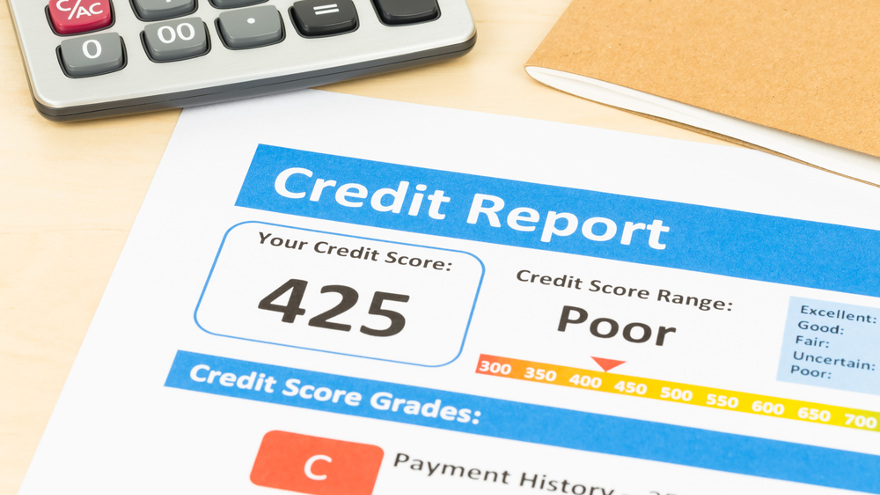LexisNexis Risk Solutions spots ‘silent subprime consumers’

By subscribing, you agree to receive communications from Auto Remarketing and our partners in accordance with our Privacy Policy. We may share your information with select partners and sponsors who may contact you about their products and services. You may unsubscribe at any time.
NEW YORK –
As finance companies know, critical data on tax liens and civil judgments is no longer included as part of the standard consumer credit report issued from all three major credit bureaus; a move that became effective last April.
LexisNexis Risk Solutions recently released study findings that show how much more risk finance companies are absorbing when underwriting paper nowadays because that data is no longer available on those often-used credit reports, creating what the firm called “silent subprime consumers.”
In its study, LexisNexis Risk Solutions determined consumers with liens or judgments represented 6% of the approved population but accounted for 15% of the defaulting consumers.
“The absence of liens and judgments information may lead to an artificially inflated credit bureau score and can obscure the true risk represented by a consumer with a lien and judgments hit,” the firm said in the report. “By removing it from credit reports, and consequently your credit decisions, you may be exposing your business to costlier risks than you realize.”
In its study, LexisNexis Risk Solutions discovered consumers with a lien or judgment scored 16 points higher on average on a commercially available credit score when compared to a score that accounted for liens and judgments information.
The study also found consumers with liens or judgments were substantially riskier than their credit score would indicate.
Subscribe to Auto Remarketing to stay informed and stay ahead.
By subscribing, you agree to receive communications from Auto Remarketing and our partners in accordance with our Privacy Policy. We may share your information with select partners and sponsors who may contact you about their products and services. You may unsubscribe at any time.
LexisNexis Risk Solutions noted that auto-finance applicants at a 620 credit bureau score cutoff, 74% of defaulters were captured when liens and judgments information was factored in, compared to only 57% captured using credit bureau data alone.
The firm went on to emphasize that higher scoring consumers are not immune from hidden liens and judgments risk.
“The best scoring consumers in the 700-plus range could represent your costliest and biggest risk when they have unreported liens or judgments,” LexisNexis Risk Solutions said.
The default rate for consumers scoring 700 or higher increased by 154% in its auto-finance sample for individuals with a hidden tax lien or judgment compared to those without one.
“Our study found out of 1,900 auto loans, the total balances of consumers with suppressed liens or judgments that default equaled nearly $61 million,” analysts said in the report.
“Including hidden liens and judgments data into underwriting processes will make risk-based decisions more accurate,” they continued. “The lack of liens and judgments information in traditional credit scores contributes to an influx of ‘silent subprime’ consumers that represent significant lending risks.
“On the surface, these consumers appear to be creditworthy, but when an unreported lien or judgment lurks, they tend go bad at disproportionately high rates, leaving your business exposed to more losses,” LexisNexis Risk Solutions went on to say. “A score which considers liens and judgments can identify and ‘swap-out’ high-risk consumers with a lien or judgment and replace or ‘swap-in’ low-risk consumers without a lien or judgment.
In our analysis, we found these consumers who were swapped out were 3.0 times to 4.2 times (riskier),” the firm added.
LexisNexis Risk Solutions insisted that it can help finance companies close the liens and judgments information gap. The firm offers a tool that can access lien and judgment records on more than 86 million consumers sourced from all 50 states and 89% of all counties, parishes and boroughs.
“By combining the industry’s largest collection of public records and alternative data sources with our powerful linking technology, we provide your business with broader perspective into a consumer’s creditworthiness to support stronger risk-based decisioning,” the firm said.


